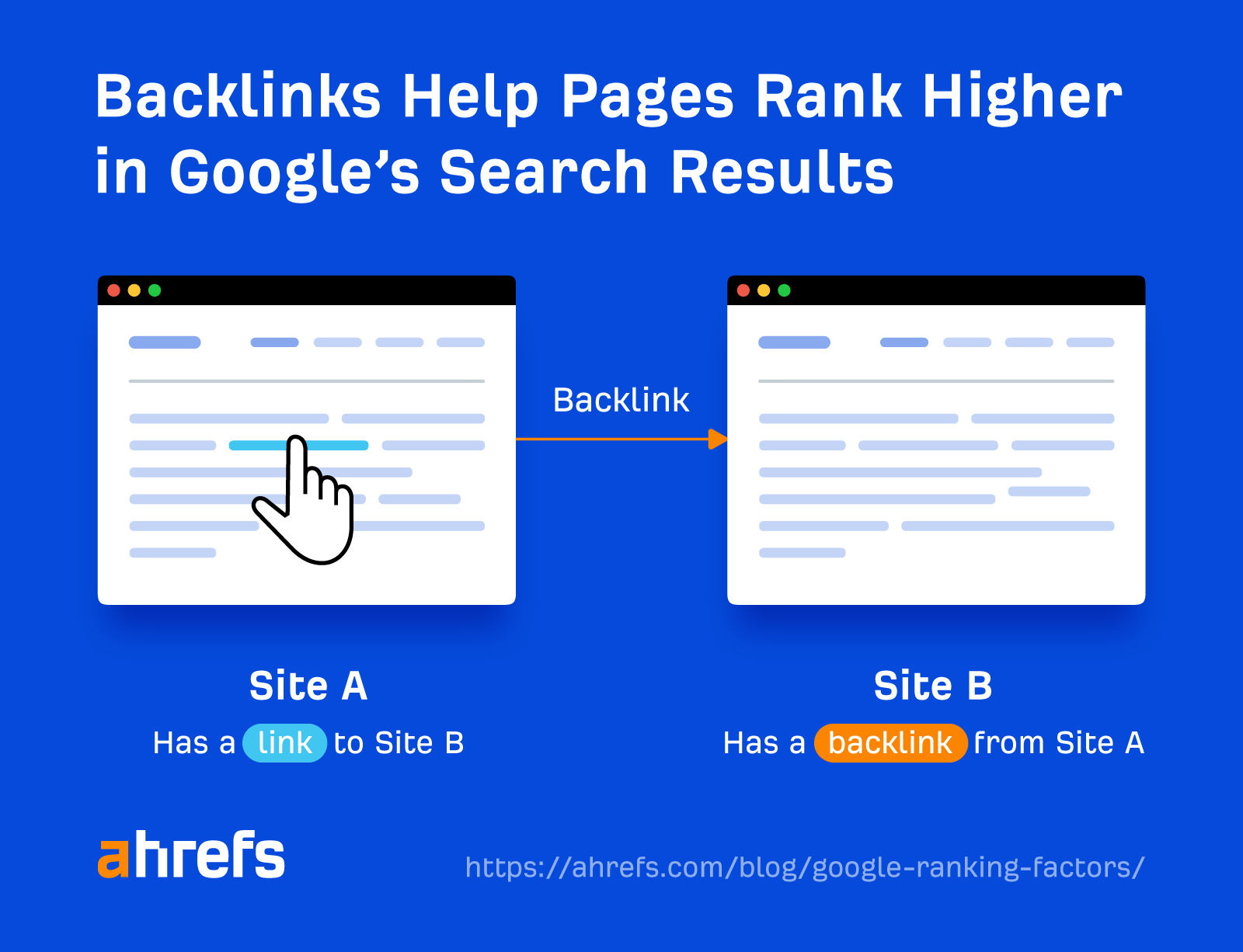SEARCH ENGINE OPTIMIZATION Vs. SEM: Understanding the Key Differences
In the world of digital advertising, 2 vital strategies that usually come up are search engine optimization and SEM. While they may sound comparable, they actually offer various functions and have unique strategies. SEARCH ENGINE OPTIMIZATION, which represents Seo, concentrates on improving a web site's presence and organic ranking on online search engine results pages. On the other hand, SEM, or Internet Search Engine Marketing, entails paid advertising to raise an internet site's presence on search engines. Understanding the key distinctions in between search engine optimization and SEM is vital for services seeking to enhance their on-line existence and drive traffic to their internet sites. In this post, we will certainly explore the definitions, purposes, and key elements of both SEO and SEM, shedding light on their distinct attributes and advantages.

Meaning of Search Engine Optimization
SEO, or Search Engine Optimization, describes the practice of enhancing internet sites to enhance their presence and positions on internet search engine results web pages (SERPs) It entails different techniques and strategies aimed at increasing organic, or non-paid, traffic to a site. The ultimate objective of search engine optimization is to enhance a website's online visibility and draw in more targeted site visitors.
One of the vital elements of SEO is keyword optimization (https://fortuneweek.com/news/linkdaddy-announces-agency-backlink-local-business-directory-listings-service/458323). When looking for details or items related to a particular internet site, this includes conducting detailed research study to identify pertinent key phrases that individuals are most likely to browse for. By integrating these keywords purposefully into the internet site's material, meta tags, and Links, search engine optimization aims to boost the site's importance and position for those specific search terms
An additional essential consider SEO is on-page optimization. This entails enhancing numerous aspects on a website, such as title tags, headings, pictures, and internal web links, to make them more search engine-friendly (Linkdaddy). By making certain that these aspects are effectively structured and relevant to the web site's content, search engine optimization helps browse engines comprehend the context and relevance of the site
In addition, SEO likewise consists of off-page optimization strategies, such as link building. This entails getting premium back links from various other respectable internet sites, which indicates to internet search engine that the website is authoritative and trustworthy. By developing a solid network of back links, SEO improves an internet site's reliability and enhances its chances of placing greater in search outcomes.
Definition of SEM
SEM, or Internet Search Engine Advertising And Marketing, is an advertising method that includes advertising sites and boosting their presence through paid marketing on internet search engine results pages (SERPs) Unlike SEO, which concentrates on maximizing websites to enhance organic search positions, SEM makes use of paid advertising to drive web traffic to a web site.
One of the essential components of SEM is pay-per-click (PAY PER CLICK) advertising and marketing. When a customer searches for those search phrases, the advertisements appear at the leading or side of the search results.

SEM additionally consists of various other types of paid marketing, such as display advertisements, remarketing ads, and shopping advertisements. Display advertisements are banners or visual advertisements that show up on sites within the Google Display Network. Remarketing ads target customers who have formerly gone to a website, offering them ads as they search other websites. Shopping advertisements, on the other hand, advertise particular items and show relevant details, such as price and schedule.
Objectives of Search Engine Optimization and SEM
The goals of both seo (SEO) and search engine marketing (SEM) revolve around increasing an internet site's exposure and driving targeted traffic. However, the approaches and methods used by each vary dramatically.
The main objective of SEO is to enhance an internet site's organic search position on search engine results pages (SERPs) This is attained by enhancing numerous components on the website, such as content, meta tags, and site structure, to make it more enticing and relevant to search engines. By doing so, SEO aims to attract more natural traffic from individuals actively searching for related search phrases or subjects.
On the various other hand, SEM concentrates on boosting a web site's exposure with paid marketing on online search engine. The main goal of SEM is to drive targeted traffic to a website by bidding process on keywords and presenting advertisements in internet search engine outcomes. This method allows businesses to reach a bigger target market swiftly and successfully.

Trick Components of SEO
To successfully apply SEO, it is important to recognize the key elements that add to enhancing a web site's natural search position. These components can be broadly categorized into off-page factors and on-page factors.
On-page factors describe the aspects that are directly present on a site and can be optimized for better search engine visibility. This consists of the internet site's web content, search phrase use, meta tags, URL structure, page titles, and headings. By maximizing these components, internet search engine can better understand the relevance and context of the internet site's material, leading to higher positions.
Off-page aspects, on the other hand, focus on exterior signals that affect a site's authority and trustworthiness. This includes back links from other credible web sites, social media signals, and online states (http://business.times-online.com/times-online/news/article/marketersmedia-2023-12-3-linkdaddy-announces-agency-backlink-local-business-directory-listings-service). The more premium and appropriate backlinks a website has, the much better its possibilities of rating higher in search engine results pages
Additionally, user experience is an essential element of SEO. link building. Look engines focus on web sites that use a positive user experience, including rapid filling times, mobile-friendliness, and very easy navigating
Secret Components of SEM
As opposed to search engine optimization, SEM incorporates a distinctive collection of essential components that focus on paid advertising and driving immediate presence in internet search engine outcomes. These elements include internet search engine advertising and marketing, likewise recognized as pay-per-click (PAY PER CLICK) advertising, keyword research, advertisement development, and campaign monitoring.
Internet search engine advertising is a critical element of SEM. It involves bidding process on key phrases appropriate to your business and producing text or display screen ads that will certainly appear in search engine results when those key phrases are searched. With internet search engine marketing, you can target details demographics, locations, and also time of day to reach your wanted audience.
Keyword research study is an additional vital element of SEM. It entails identifying the key phrases that your target market is using to browse for services or products comparable to your own. By conducting extensive keyword study, you can maximize your ads and ensure they are shown to the ideal individuals at the correct time.
Ad creation is the process of establishing persuasive and compelling ads that will lure customers to click them. Well-crafted advertisements have a solid call-to-action, relevant messaging, and a clear value proposal.
Finally, campaign administration includes tracking and maximizing your SEM projects to guarantee they are doing properly. This consists of monitoring metrics such as click-through prices, conversion prices, and roi (ROI) to make data-driven choices and attain the very best outcomes.
Final Thought
SEO focuses on optimizing websites to improve organic search rankings, while SEM involves paid advertising to increase visibility on search engine results pages. Understanding the differences between Search engine optimization and SEM is vital for organizations to create a thorough online advertising and marketing technique.
SEARCH ENGINE OPTIMIZATION, which stands for Browse Engine Optimization, focuses on improving a site's visibility and natural position on search engine results web pages. On the other hand, SEM, or Search Engine Marketing, entails paid advertising and marketing to boost a web site's exposure on search engines (link building).SEARCH ENGINE OPTIMIZATION, or Browse Engine Optimization, refers to the practice of optimizing internet sites to enhance their exposure and rankings on search engine results pages (SERPs)The major objective of SEO is to boost a web site's organic search position on search engine results web pages (SERPs) SEO concentrates on enhancing websites to boost organic search positions, while SEM includes paid advertising to increase presence on search engine results pages